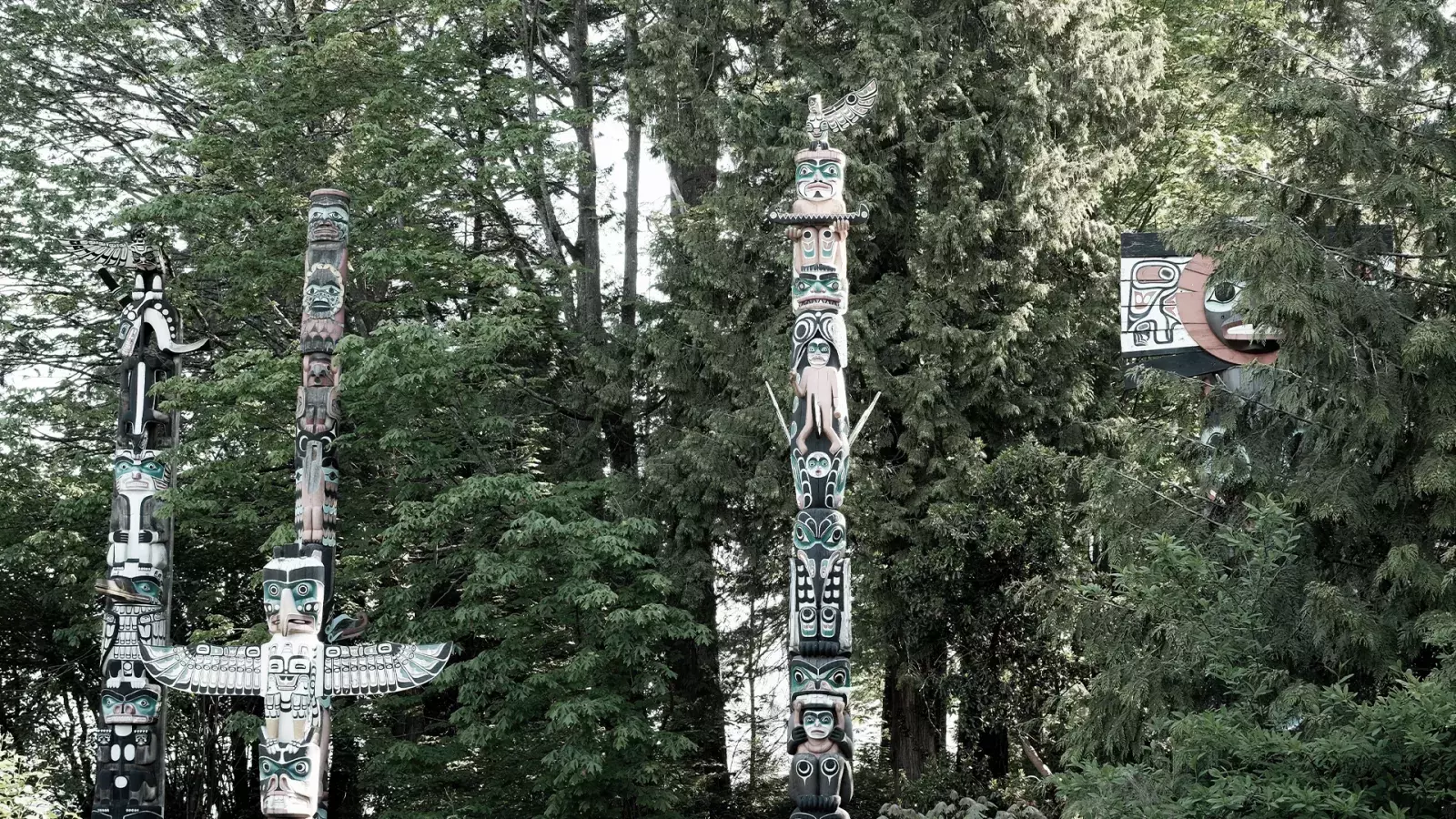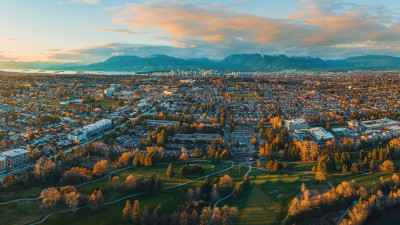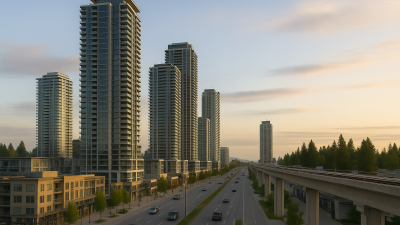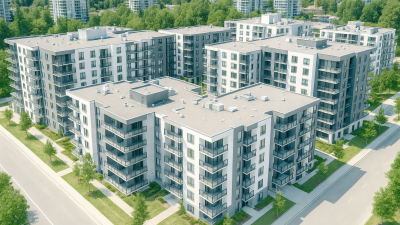Indigenous-led developments in British Columbia are transforming the province’s real estate market, driving more than just economic growth. These projects are reshaping ownership structures, fostering cultural pride, and integrating sustainable and inclusive community planning into the fundamentals of urban development. Through these initiatives, Indigenous communities are reclaiming land, driving economic self-determination, and setting a new standard for real estate development in BC.
Reclaiming Land and Economic Independence
At the heart of this shift is the reclamation of traditional lands and the rise of economic independence in Indigenous communities. First Nations such as the Squamish, Tsleil-Waututh, and Tsawwassen Nations have become key players in the provincial real estate market. By leveraging unceded territories and land settlements, these Nations are developing ambitious and transformative residential and commercial projects.
A leading example is the Squamish Nation's Sen̓áḵw development in Vancouver, one of the largest real estate projects in Canadian history. This 6,000-unit housing development, to be built on prominent reserve land at the foot of the Burrard Street Bridge, is in full control of the Squamish Nation. Similarly, the Tsawwassen First Nation (TFN) has become a major real estate player with multiple large-scale residential and commercial projects in South Delta. TFN’s real estate initiatives include Tsawwassen Mills Mall, the Tsawwassen Shores and Tsawwassen Landing residential developments, and Tsawwassen Commons shopping centre, among others. These projects have transformed the area into a thriving hub of commerce, retail, and housing, while maintaining the Nation’s autonomy over land use and development.
The surge of Indigenous-led projects represents a significant shift from the traditional real estate model, where outside interests would typically control the development of Indigenous lands. Now, First Nations have the power to dictate how their lands are developed, ensuring that the economic benefits directly support their communities and prioritize cultural preservation.
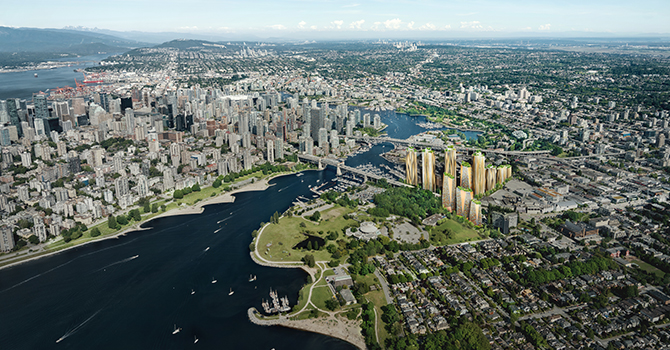
A Different Approach to Development
Indigenous-led developments offer a holistic approach to land use, one that integrates economic, cultural, ecological, and social values. For Indigenous Nations, land is more than just a commercial asset—it is a living entity to be respected and nurtured. This philosophy is evident in the way many Indigenous-led projects are designed and built.
For instance, the Squamish Nation’s plans for Sen̓áḵw prioritize sustainability and minimize environmental impact. By focusing on green technology, reducing car reliance, and preserving natural spaces within the development, Sen̓áḵw is setting a new standard for urban planning in BC. The Tsawwassen First Nation’s developments similarly emphasize long-term environmental stewardship, with green infrastructure and sustainable building practices emphasized in their projects. These initiatives demonstrate how Indigenous-led developments are challenging the status quo, offering a model that balances economic growth with environmental responsibility.
Cultural values are also deeply embedded in these projects. Many Indigenous developments reflect the histories and identities of the Nations involved, incorporating cultural symbols and architectural designs that honour their traditions. For Indigenous communities, real estate development is an opportunity to reconnect with their lands and create spaces that foster a sense of belonging and pride.
Shifting Power Dynamics in Real Estate
The rise of Indigenous-led developments is shifting power dynamics within the market. Historically, Indigenous communities were excluded from many sectors of the economy, including real estate. However, projects like Sen̓áḵw, Tsawwassen’s retail and residential hubs, and other initiatives led by the Musqueam and Tsleil-Waututh Nations signal a fundamental change. Indigenous groups are now controlling significant real estate assets, and have become influential participants in the market.
A key advantage of these developments is the ability to bypass some municipal zoning restrictions. As projects like Sen̓áḵw and TFN developments are built on reserve land, they are not subject to the same regulatory hurdles as other developers. This can streamline construction timelines, allowing Indigenous-led projects to bring much-needed housing and commercial spaces to market faster than their non-Indigenous counterparts. With housing affordability being a major challenge in the province, the ability to deliver homes faster is a valuable asset, positioning Indigenous-led projects as part of the solution.
Collaborative Models and Reconciliation
In addition to their economic impact, Indigenous-led real estate projects are advancing reconciliation efforts between Indigenous communities, private developers, and government bodies. Collaborative models, where Indigenous Nations partner with non-Indigenous developers, are becoming increasingly common, fostering mutual respect and creating opportunities for learning and growth.
The Jericho Lands development in Vancouver is a prime example of such collaboration. This large-scale mixed-use project, being planned by the Musqueam, Squamish, and Tsleil-Waututh Nations in partnership with Canada Lands Company, is a testament to the potential for Indigenous and non-Indigenous partnerships. By working together, these parties can create projects that benefit everyone while honouring the cultural significance of the land.
In Tsawwassen, the non-member leasehold population has grown nearly tenfold from 460 to almost 4,000 in the last decade, primarily as a result of collaboration between TFN and multiple developers including Onni and Aquilini. With significant building underway, the number of non-member leaseholds on TFN land is projected to reach 6,650 within two years.
These partnerships reflect a broader movement toward crucial socioeconomic reconciliation. By taking a leadership role in these developments, Indigenous Nations are ensuring that reconciliation is not just symbolic but is also bringing tangible benefits to their communities.
The Future of Indigenous-Led Developments in BC
Indigenous-led real estate developments are poised to play an increasingly prominent role in BC’s real estate market. As more First Nations assert control over their land and explore development opportunities, these projects are setting new benchmarks for sustainability, cultural integrity, and community-driven planning for all developments—Indigenous-led and not.
These initiatives are not only transforming the region, but also creating a more inclusive economic framework that values Indigenous perspectives and long-term environmental stewardship. Indigenous-led developments are redefining what real estate can be—balancing growth with responsibility, cultural pride with economic progress—and in doing so, they are reshaping BC’s real estate landscape for generations to come.
